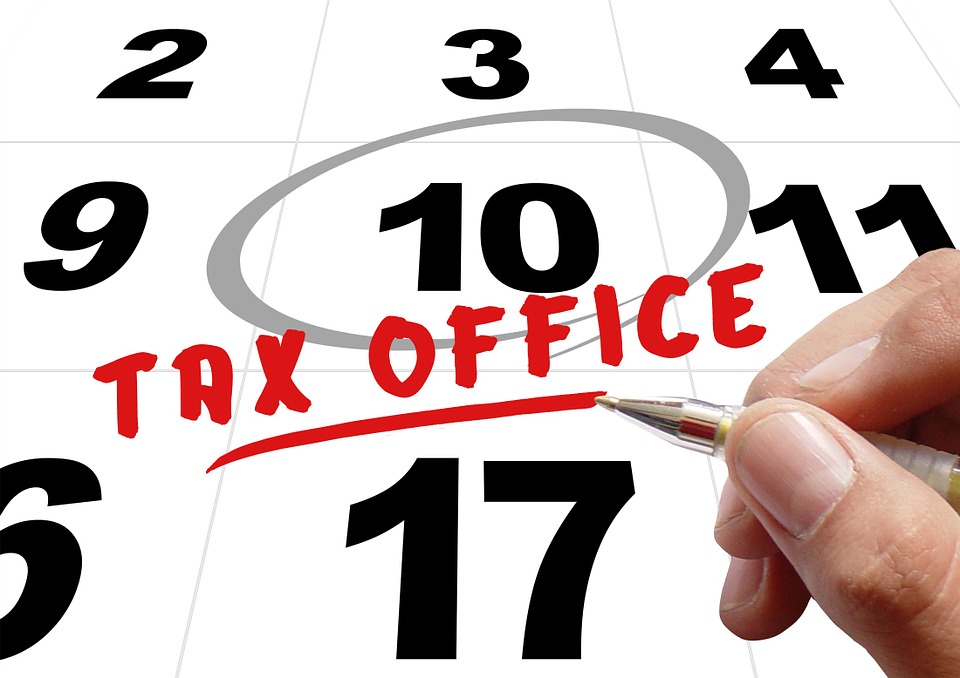
The subject of tax is not the most pleasant for many. Though it is what some people live by. Yes, the tax preparer downtown, the CPAs around town and every other tax professional you know live by this subject- tax. They actually love it, but that is them. For the rest; the majority, the subject is unwelcome. Kenneth Taylor Accounting Services will ensure you this subject is the least of your worries.
Unfortunately, being indifferent to tax matters normally costs us. Because eventually you understand little about the item, yet you have to pay it as a citizen. But that would ideally be a problem if only you could not find a tax preparer when you need one. As it is, there are many, and those who find tax to be a difficult subject can breathe easy.
Well, it is still very useful to know a few basics of tax so that your tax professional can be on the same page as you at the time he is helping you prepare and file your returns. In addition, knowledge about tax may help you stay clear of minor tax offenses. Now, on to tax schedule.
Kenneth Taylor Accounting Services reveals that when you have particular types of incomes or deductions, the Internal Revenue Service will require you to prepare a separate form in addition to your tax return. This is referred to as tax schedule. You will ordinarily be required by the IRS to prepare a tax schedule when you have things like substantial amounts of interest income, charitable contributions or mortgage interest.
The totals you generate on these schedules are generally transferred to your Form 1040. Such additional schedules are however not needed when you qualify to prepare only the simpler tax forms such as Form 1040EZ. Nevertheless, there are different tax schedules prepared under different conditions. Let’s have a look.
Schedule A
The IRS requires that you prepare and attach to your Form 1040A Schedule A if you opt to itemize your deductions instead of going the standard deduction route. This is the tax form (Schedule A) where you report the aggregate amount of deductions you itemize.
The itemized deductions you may list on Schedule A include dental and medical expenses, mortgage interest, various state taxes, charitable contributions as well as work-related expenses. If the total in your Schedule A exceeds the standard deduction, it is more recommended that you stick to itemizing of your deductions.
Schedule B
Schedule B refers to an income schedule. It requires that you to list the sources of interest and dividend payments you receive in the course of the year separately. Another difference with Schedule B is, you can use it with both the Forms 1040A and 1040.
Kenneth Taylor Accounting Services notes there is, however, a limitation as to when you can prepare it. Its preparation is necessary only when your dividend income or interest amounts to a figure above the IRS threshold for the current year. This means that if you earn any figure below the Internal Revenue Service threshold on bank interest for the year for instance then you will not need to prepare a Schedule B. You must however include this amount in your taxable income.
Schedules C
You are required to use this schedule to report all incomes from your self-employment. It means that Schedule C contains all gains or losses realized from a business you operated as a sole proprietor or from a profession you practiced the same way.
Schedules C and C-EZ both are used for the same purpose. A business here is viewed as any activity you engage in primarily for purposes of income or profit generation, and that you are involved in with continuity and regularity.
Note however that both Schedules C and C-EZ essentially report your business earnings and deductions separately to arrive at the net business profit or loss, whichever is realized. This is then added to the rest of your income on Form 1040.
Kenneth Taylor Accounting Services also reveals that you can as well use Schedule C-EZ which is shorter, in replacement to Schedule C if you have a single business that requires a simple accounting but meets IRS qualifications
Schedule D
The IRS requires that you report the sale of any capital asset made during the year on a Schedule D. This is then attached to your tax return. Normally, this can be the sale of a car or your home. Schedule D typically specifies the transactions as short-term and long-term transactions. Any transaction of a property owned for less than a year will be put under short term category while that of a property you own for over a year is categorized as long term.
Schedule SE
Schedule SE is the form you use to compute the amount of Social Security tax if you are self-employed.
Schedule EIC
This is the form in which you report the details of your qualification as needed for you to claim the income tax credit earned.
Did you learn something new? Of course some of these will sound new. Because most of the time your tax preparer will only ask you for details and this don’t include the choice of forms. The good news: now you know the kind of procedure a good tax professional must undergo to do a good job and you can be sure Kenneth Taylor Accounting Services will be a trusted partner to advise on tax issues. Just click the link below to reach out to us today!
Kenneth Taylor Accounting Services|
|
